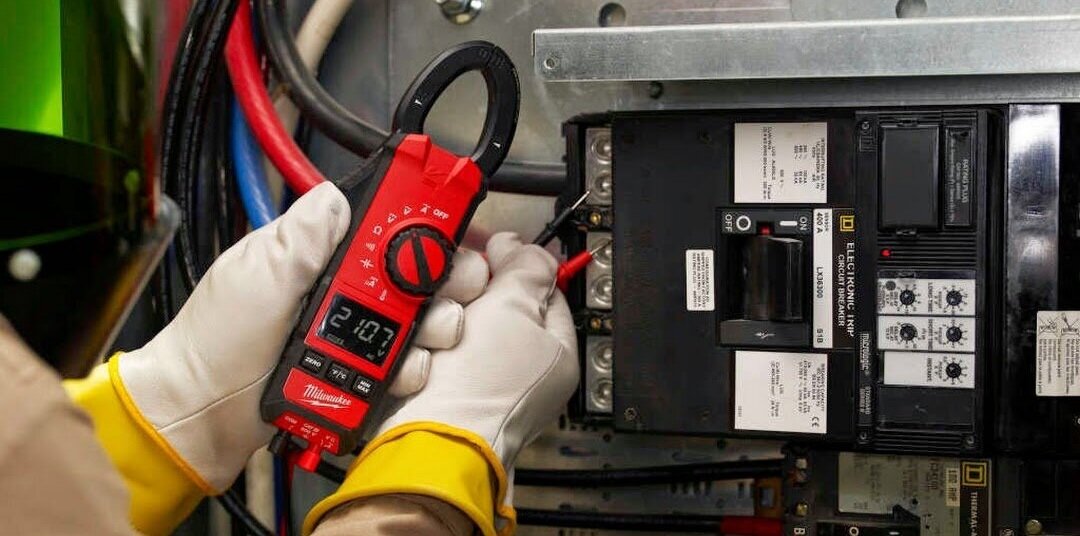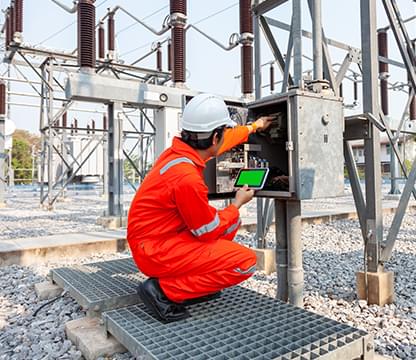Comprehensive technical support for electrical industry professionals.
Comprehensive technical support for electrical industry professionals.
Blog Article
Leading Tips for Effective Electric System Troubleshooting
Fixing electric systems requires a systematic method, based in a thorough understanding of electric principles and safety protocols. By acquainting oneself with circuit components, using important tools, and sticking to a structured examination technique, specialists can efficiently recognize and fix issues. The nuances of reliable fixing expand past plain technological expertise; comprehending how to document searchings for and prioritize safety and security can significantly influence end results. As we check out these essential elements additionally, it becomes clear that mastering this process is not just helpful but vital for success in the area.
Understand the Essentials
Recognizing the fundamentals of electric systems is important for effective troubleshooting, as a solid foundation allows specialists to identify and deal with concerns extra successfully. An extensive understanding of electric principles, such as voltage, existing, resistance, and power, is critical in determining the root causes of troubles. Voltage is the electric possible difference that drives present via a circuit, while resistance opposes the circulation of existing, influencing the total functionality of the system.
Familiarity with circuit parts, including resistors, capacitors, diodes, and switches over, is additionally paramount. Each component plays a distinctive duty in circuit habits and can impact performance when malfunctioning. Furthermore, recognizing series and identical circuit configurations is essential, as these setups influence the distribution of voltage and present within the system.
Furthermore, understanding of safety and security protocols is important. Professionals need to recognize possible dangers, such as shock and brief circuits, to carry out safe troubleshooting techniques. By mastering these foundational ideas, service technicians enhance their ability to carry out effective diagnostics and fixings, ultimately leading to improved performance and integrity of electric systems. This fundamental expertise is the cornerstone of effective repairing undertakings.
Gather Necessary Tools
Efficient troubleshooting of electrical systems requires the right set of tools to diagnose and solve concerns properly. A well-appointed technician can substantially boost effectiveness and performance in identifying troubles. Crucial devices include a multimeter, which gauges voltage, present, and resistance, enabling for exact analyses of electrical components. Clamp meters are additionally useful for measuring current without disconnecting the circuit, ensuring safety and security and benefit.
Furthermore, insulated hand devices such as screwdrivers, pliers, and wire pole dancers are vital for securely manipulating electrical links. It is additionally advisable to have a circuit tester on hand to validate the visibility of voltage in outlets and cables. For even more complex systems, a thermal imaging video camera can help spot overheating elements, suggesting possible failings.

Adhere To a Systematic Approach
Having actually collected the suitable tools, the next action in troubleshooting electric systems is to comply with a methodical strategy. A systematic approach guarantees that technicians can determine mistakes successfully and precisely, lessening downtime and avoiding unnecessary repair services.
Begin by reviewing the system's schematic representations and requirements. This entails monitoring each part methodically, starting from the power resource and functioning in the direction of the lots.
Make use of testing tools, such as multimeters and oscilloscopes, to gather objective information regarding voltage, existing, and resistance at different factors within click site the system. This empirical evidence will guide your troubleshooting efforts and aid to verify or eliminate possible sources of failure.
Furthermore, consider environmental variables that may affect the system's efficiency, such as temperature level variations or dampness access. An extensive inspection of electrical wiring, links, and parts will certainly make sure that all opportunities are accounted for.
File Your Findings
Extensive paperwork is crucial in the troubleshooting process of electrical systems. This technique not only aids in understanding the origin reason of the trouble but additionally serves as a referral for future repairing efforts.

Additionally, maintaining a log of components changed or repairs carried out is very useful. This information sustains stock management and can aid analyze the longevity and dependability of details elements.
Eventually, the paperwork process ought to be complete yet succinct, allowing easy access and review - electrical system troubleshooting. By prioritizing comprehensive documentation, specialists can develop a useful data base that not only aids in present troubleshooting yet additionally empowers future upkeep efforts, therefore improving overall system reliability

Prioritize Security Procedures
Acknowledging the integral dangers connected with electrical systems is essential for guaranteeing security throughout troubleshooting. Electrical shock, burns, and devices damage are just a few of the possible dangers that technicians deal with. Prioritizing precaution is not just a legal commitment however likewise a moral essential that safeguards both the specialist and the surrounding atmosphere.
Prior to beginning any type of troubleshooting task, professionals must wear suitable personal protective devices (PPE), consisting of protected gloves, shatterproof glass, and flame-resistant clothing. Ensuring that the workplace is completely dry and devoid of clutter can dramatically lower the threat of crashes. Additionally, it is necessary to de-energize circuits prior to beginning any work, verifying that they are not live through using a multimeter or voltage tester.
Developing clear communication protocols with team participants is likewise crucial; this ensures that every person is mindful of prospective hazards and the status of the electric system being dealt with. Lastly, having an emergency situation action plan in place can show indispensable in the occasion of an incident. By prioritizing precaution, specialists can properly reduce risks and foster a more secure office.
Conclusion
Efficient electrical system fixing depends on a thorough understanding of basic concepts and a systematic strategy. By gathering vital devices, adhering to methodical analysis techniques, and thoroughly documenting searchings for, the fixing procedure ends up being more efficient and dependable. Prioritizing precaution makes certain the well-being of people involved and the integrity of the electrical system. Applying these methods will certainly boost the fixing experience, causing quicker resolutions and improved functional performance in electric systems.
Report this page